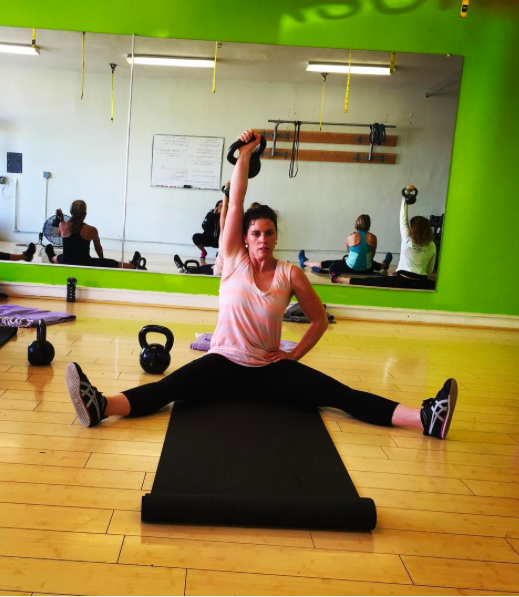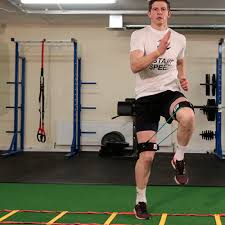Hi Fusers! I just want to say, you all did a damn good job with those burpees last month. I know you have probably never hated us more than during the month of March, but hey, it’s time to move on—forgive and forget.
Here we are, the beginning of April, and spring is quickly swinging into action. The rain has finally stopped, the sun is out, the days are longer, flowers are blooming, and we are swinging. Ok, so that last thing doesn't really fit the sentence. However, while spring swings into action, we will concurrently be swinging kettlebells. This month, we are focusing on an actual favorite exercise at Fuse (opposed to last month’s "favorite")—the kettlebell swing.
A brief bit of histrory—kettlebells were developed in Russia during the 1700s and were mostly used as a way for farmers to measure crops. Beginning in the 20th century, Soviet athletes began to use kettlebells as part of their training (Wikipedia). What makes the kettlebell unique is it’s design; unlike a dumbbell or barbell, the center of mass is extended beyond the hand, allowing the athlete to incorporate power and swinging movements into his/her program.
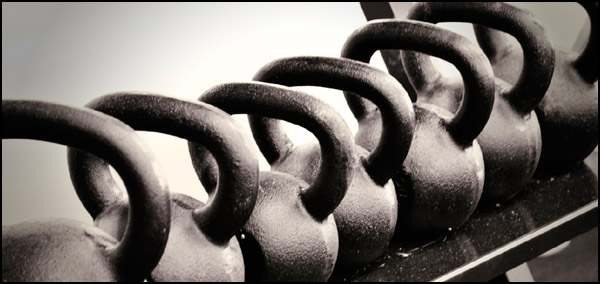
At first glance, the swing looks very similar to a squat and front shoulder raise. However, it is not that, and it is extremely important to learn proper technique to ensure safety as well as get the most out of this powerful, all-encompassing exercise. So let’s break it down.
The kettlebell swing is an explosive, ballistic exercise that trains the posterior chain of your body—primarily your hips, glutes, back and core. It is composed of a hip hinge movement in which you drive your hips straight back behind your centerline, pulling the kettlebell back between your legs just below the groin. It is imperative to keep your core tight and spine neutral spine/back straight. Your shins stay completely vertical, unlike a squat where the knees track over the toes, creating an angle of <90° between your shins and the floor.
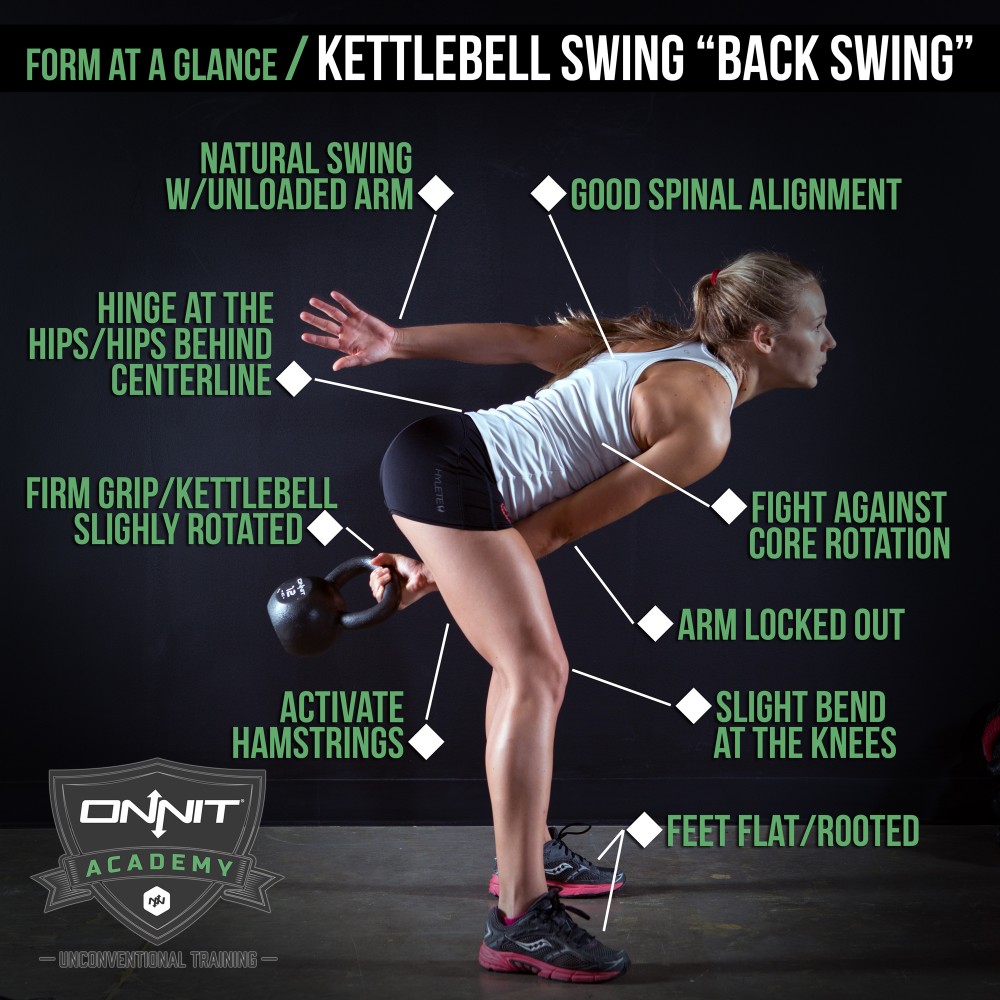
This movement pattern loads up the glutes and hips, which are extremely strong and powerful muscles. At this point you snap your hips forward powerfully, propelling the kettlebell upward. You maintain loose, straight arms, as the effort comes completely from your hips/glutes/core, and has nothing to do with your arms. While your arms help to control the kettlebell, you shouldn't use your arms or shoulders to pull it up.
This movement pattern loads up your glutes and hips, which are extremely strong and powerful muscles. At this point you snap your hips forward powerfully, propelling the kettlebell upward. You maintain loose, straight arms, as the effort comes completely from your hips/glutes/core, and has nothing to do with your arms. While your arms help to control the kettlebell, you shouldn't use your arms or shoulders to pull it up.
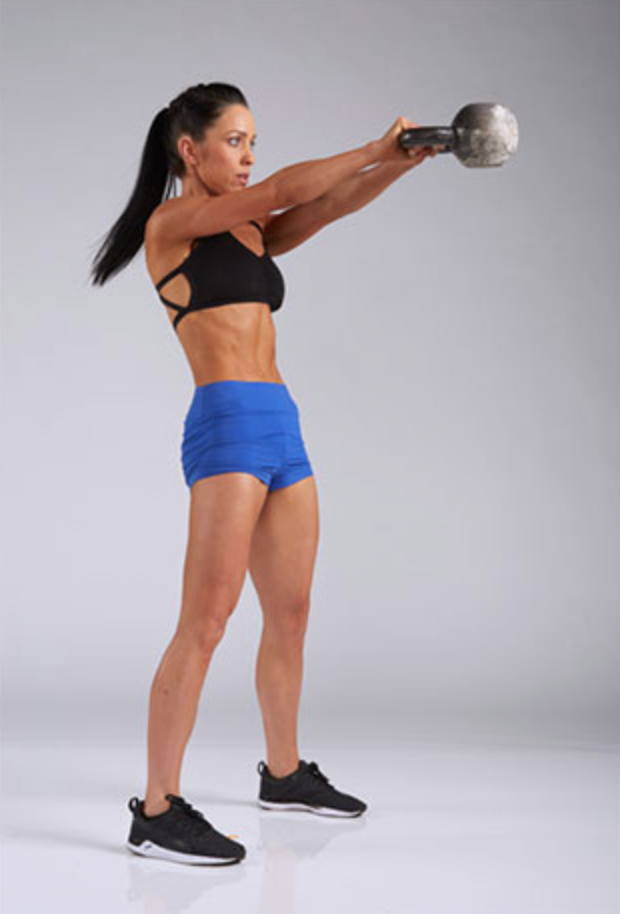
As the kettlebell reaches its top end range of motion, usually around 45° out from your body, your glutes and abs flex to stop your hip motion so that you do NOT lean back and use your lower back muscles to pull. Your body should be in a completely vertical position, like a standing plank, with your core and glutes fully engaged. If your core is not engaged, you will put too much stress on your spine, causing your lower back, rather than your glutes, to do the majority of the work.
As the kettlebell begins to drop back down, make sure to be patient and wait until it has traveled almost all the way back down before beginning to hinge your hips back by moving your hips out of way. If you begin to hinge too early, you risk the kettlebell coming down much closer to the knees than it should—it should stay right below your groin.
So that’s the breakdown. Pretty technical, which is why we’re going to focus on perfecting it this month. When done correctly, it’s an amazing full-body exercise that is great for both conditioning and muscular endurance.
Keep up the great work Fusers!
Yours in health,
Kristin at Fuse Fitness
p.s. If you're interested in learning how to do a kettlebell swing, want to work on your form, or are simply looking for an awesome strength and conditioning program, fill out the form below to sign-up for a free fitness consult.
[contact-form][contact-field label="Name" type="name" required="1" /][contact-field label="Email" type="email" required="1" /][contact-field label="Comment" type="textarea" required="1" /][/contact-form]
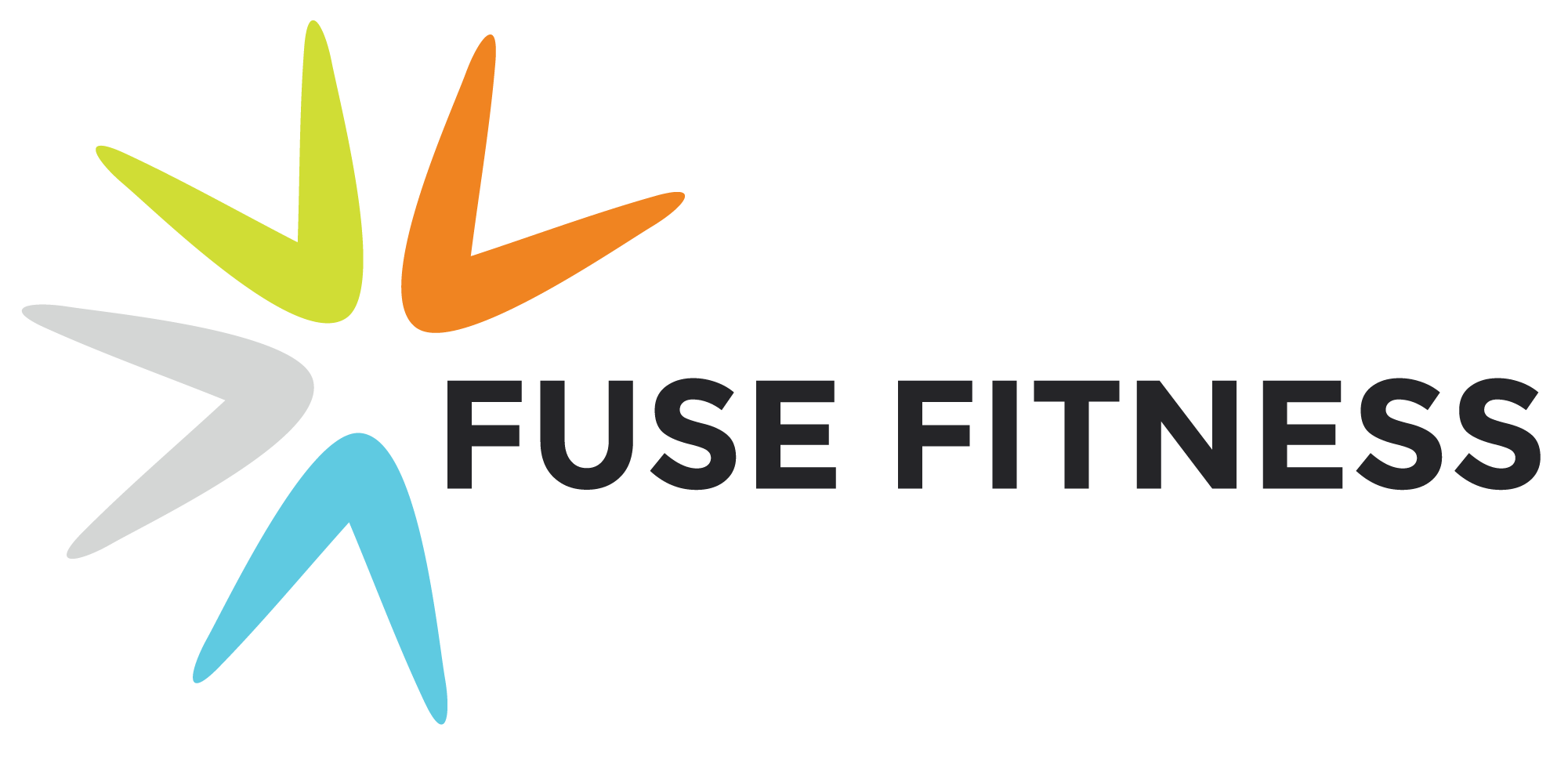

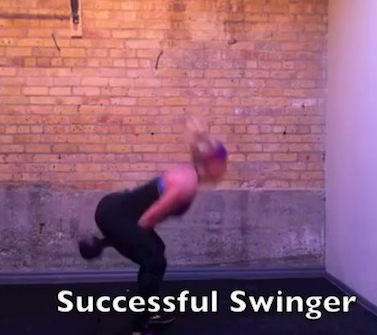
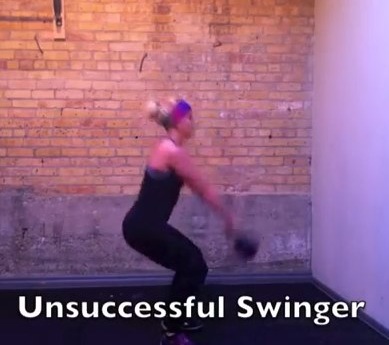
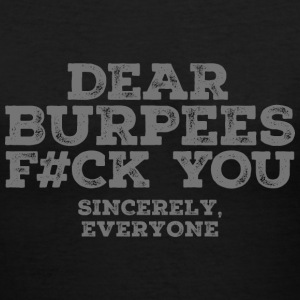
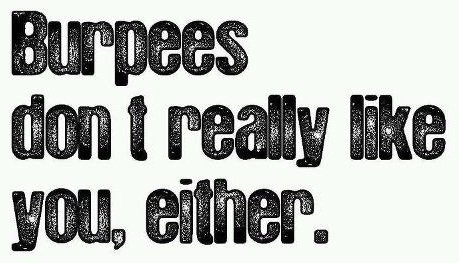
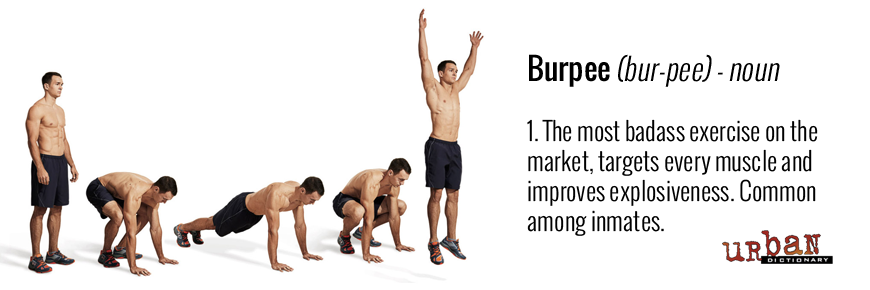
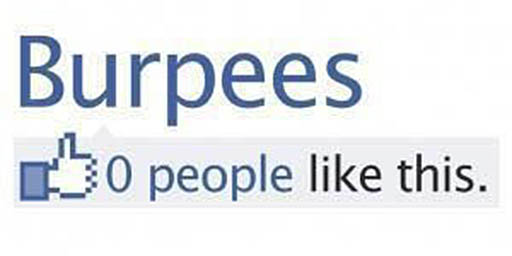
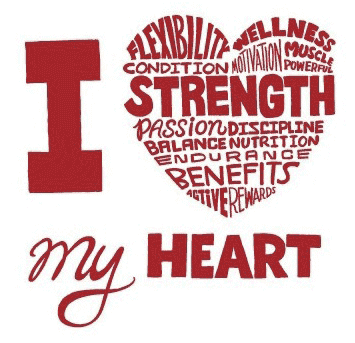

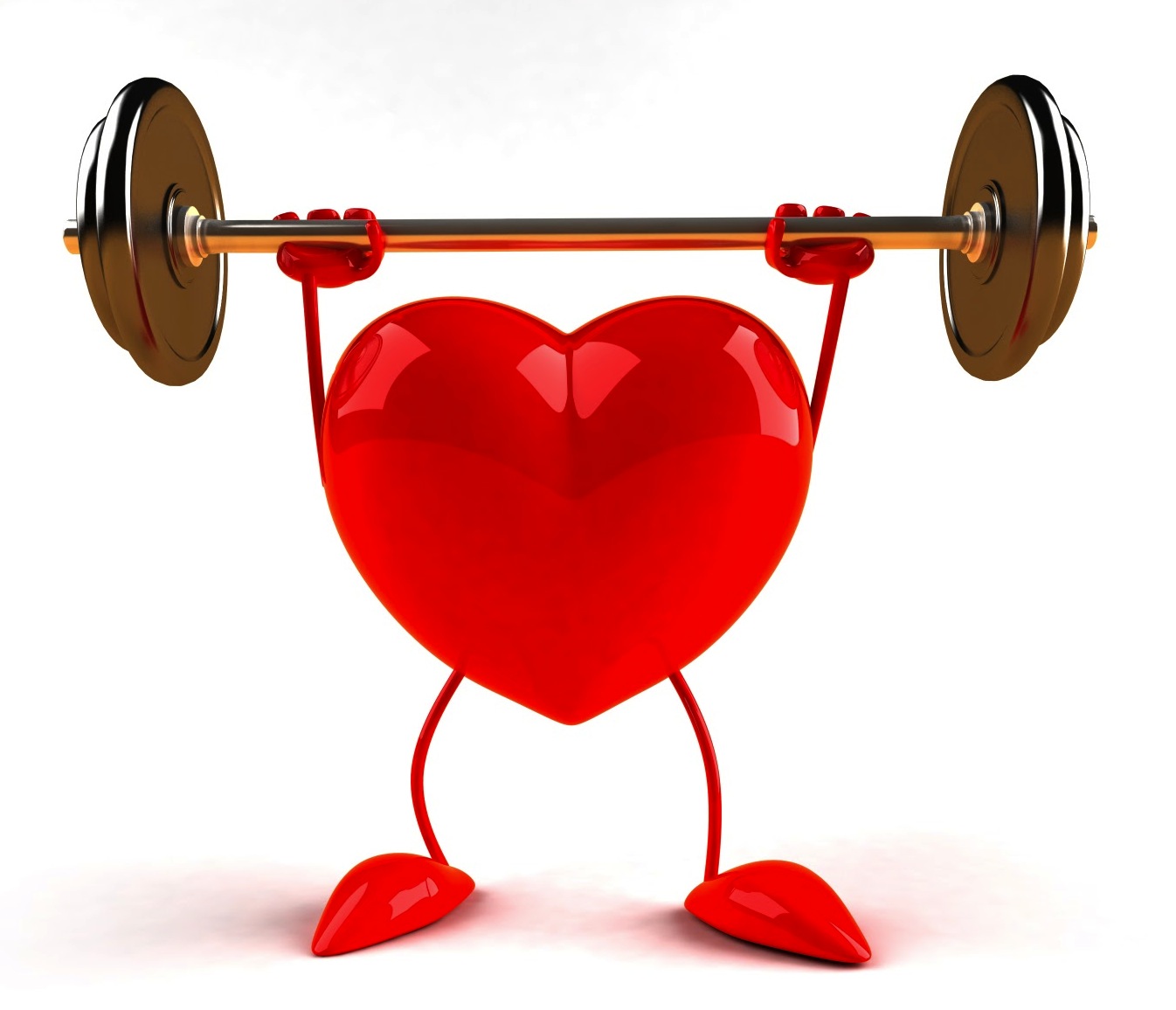

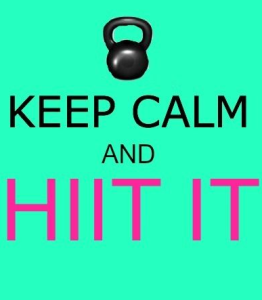


 Over the next few weeks we are celebrating our amazing clients here at
Over the next few weeks we are celebrating our amazing clients here at 